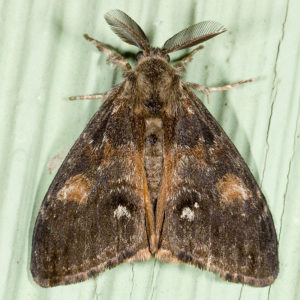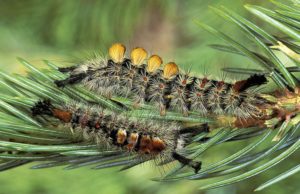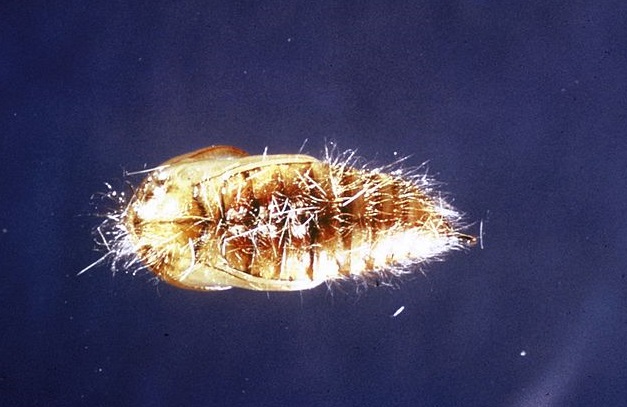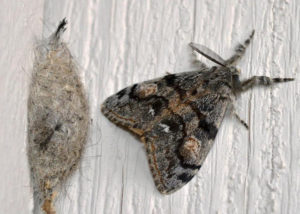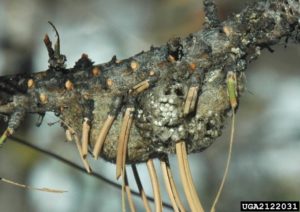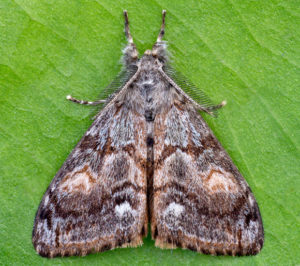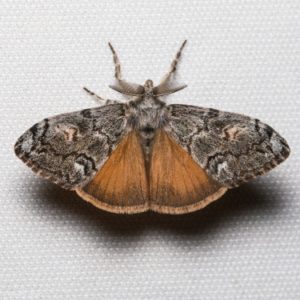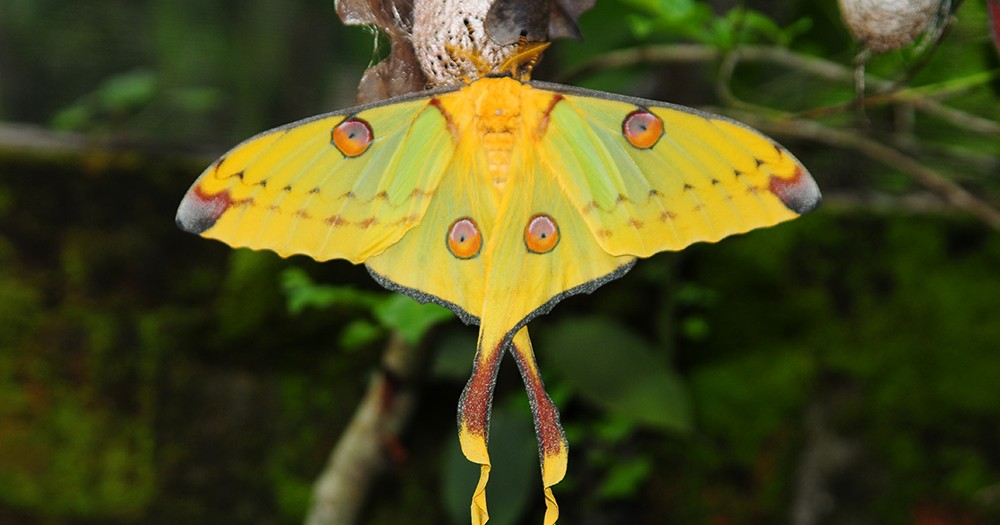Douglas Fir Tussock Moth (Orgyia pseudotsugata)
The Douglas Fir Tussock moth is a member of the Erebidae family found in western North America. These moths, specifically in their larval stage, are known to primarily defoliate douglas fir causing severe damage, which has even resulted in their name. Canadian entomologist James Halliday McDunnough first named this moth in 1921.
Live.staticflickr.com
Scientific Classification
- Family: Erebidae
- Genus: Orgyia
- Scientific Name: Orgyia pseudotsugata
Description and Identification
Caterpillar
They have a light tan or dark gray body, covered with long black hairs emerging from tiny red tubercles, and initially measure 3-6mm. Upon maturation, the hair on their dorsal region eventually thickens to form four tufts of hair or tussocks marked with brown or reddish tips. Fully mature caterpillars have two black hairy “horns” right behind their head that project forward and another horn protruding from their posterior ends. On reaching their final instar, they can reach lengths of up to 3.2 cm.
Adult Moth
Sexual Dimorphism: Present
The females have tiny wings that do not allow them to fly and threadlike antennae. In contrast, males have much larger wings and feathery antennae. Males are also larger at a length of 3.2 cm compared to females measuring 1.9 cm.
Color and Appearance:
Their bodies are gray-brown, with the females being darker near the posterior end.
Forewings: When they are open, two white spots are observed near the outer edges, alongside two faint wavy black bands against a grayish-brown background with a mottled pattern. When closed, the patterns remain visible but less prominent.
Hindwings: They are brown and seen only when the wings are opened.
The moths inhabiting the northern region of their range have an overall darker coloration than their southern counterparts.
Average wingspan: 2.5 – 3.2 cm
Flight pattern: Consistent
Season: July/August to November
Quick Facts
| Distribution | Arizona, British Columbia, California, Idaho, New Mexico, Nevada, Oregon, and Washington |
| Habitat | Mountainous regions |
| Lifespan of Adults | 4-5 months |
| Host Plants | Primarily Douglas firs, true firs, and spruce. Also seen in white firs, grand firs, red firs, and subalpine firs |
| Adult Diet | Does not feed |
Did You Know
- There are three known subspecies – O. p. pseudotsugata, O. p. morosa, and O. p. benigna.
- The hairs on the caterpillars can irritate if touched, leading to rashes, itchy skin, watery eyes, and sneezing.
Scientific Classification
- Family: Erebidae
- Genus: Orgyia
- Scientific Name: Orgyia pseudotsugata

